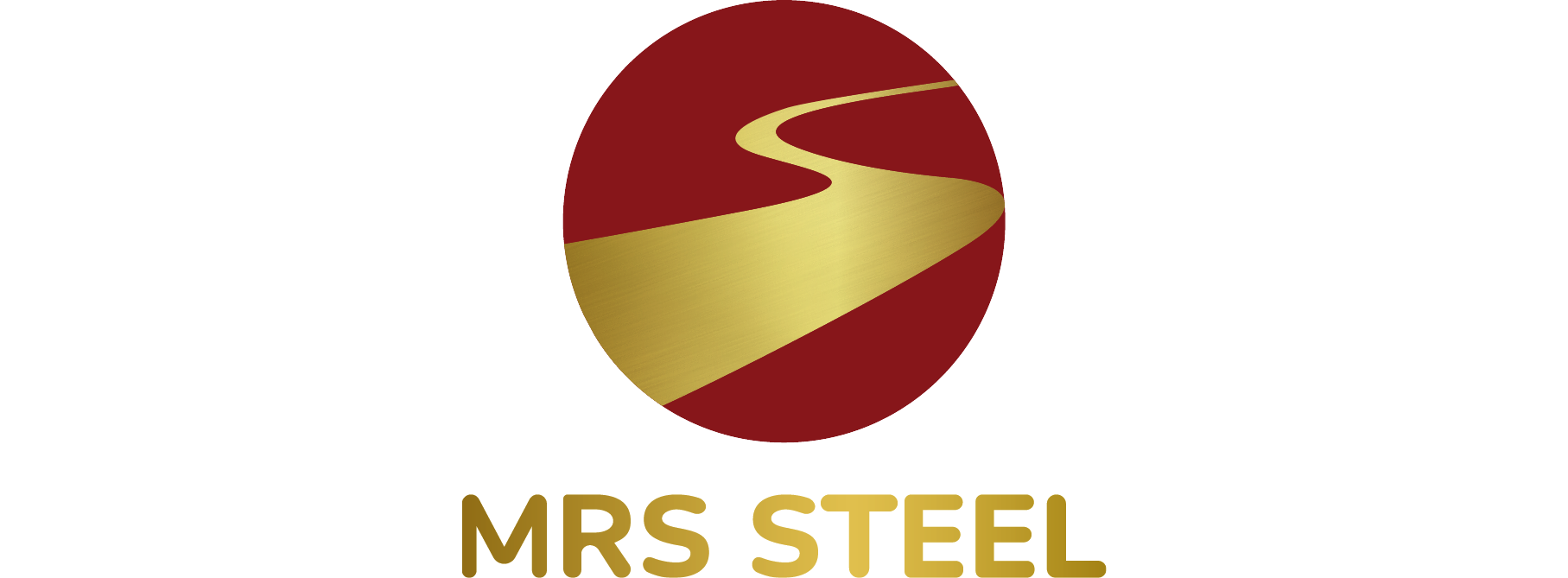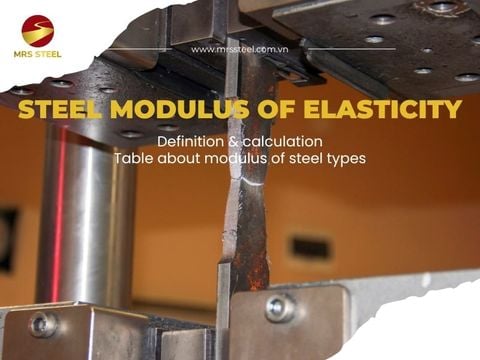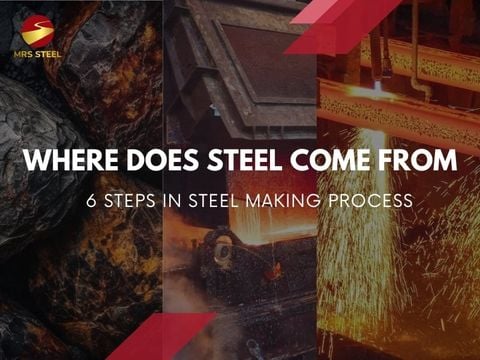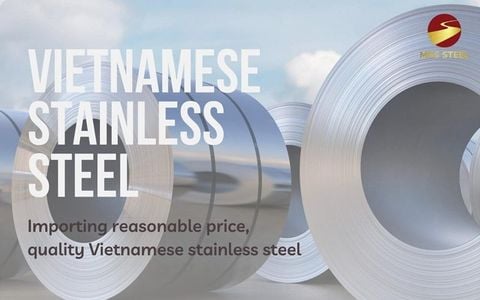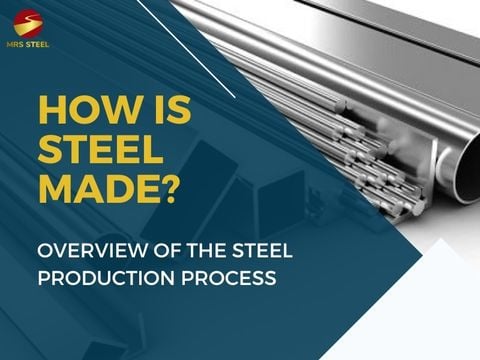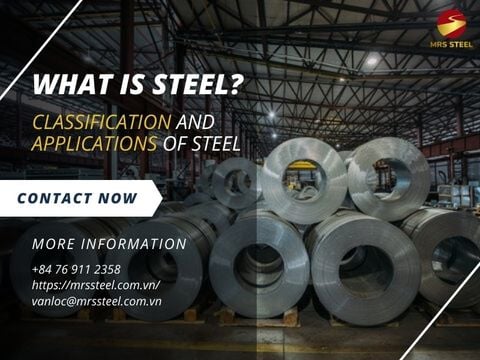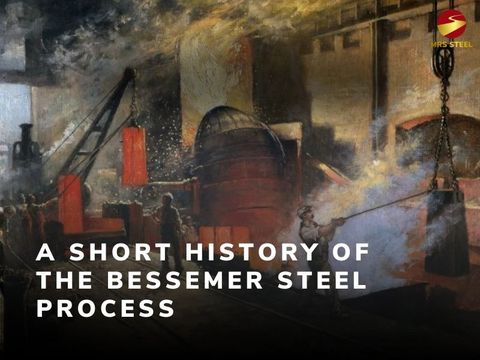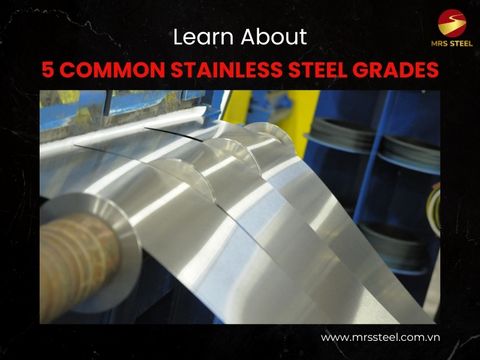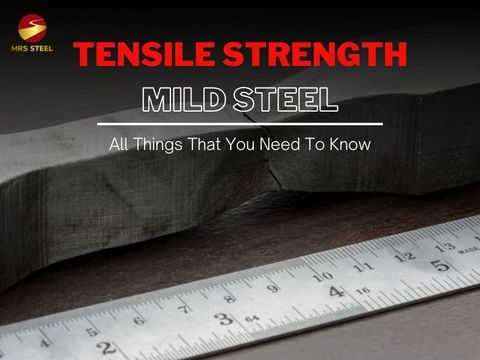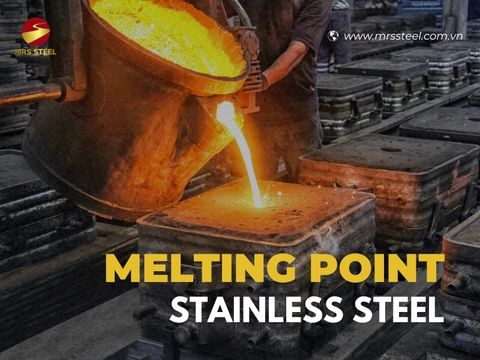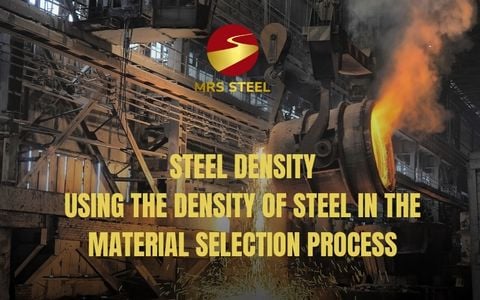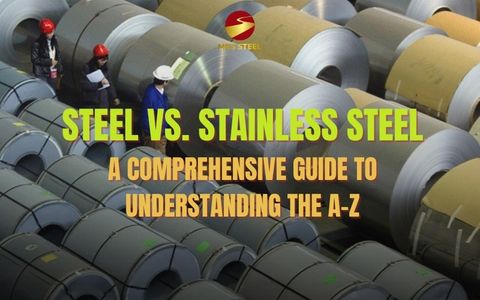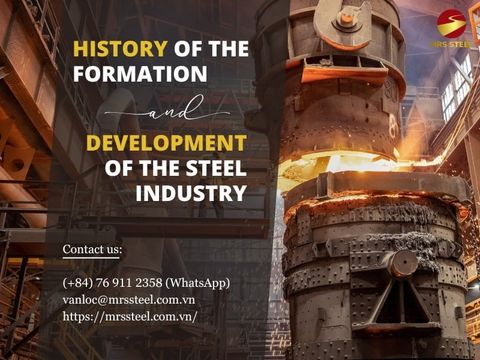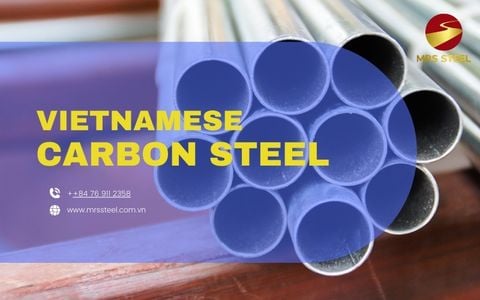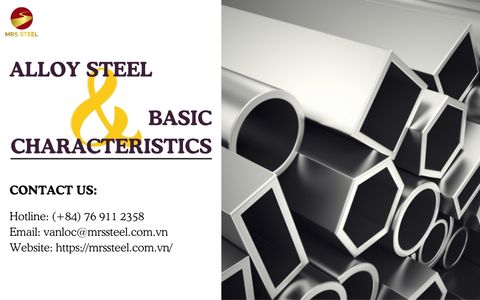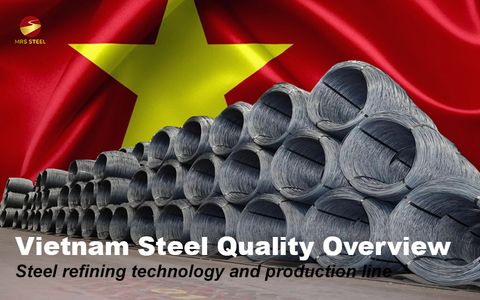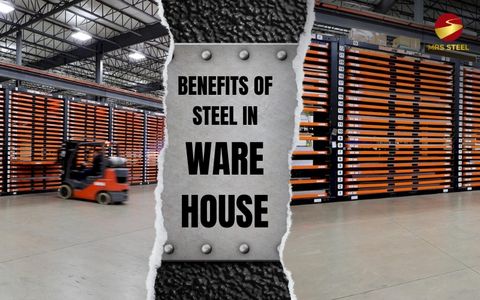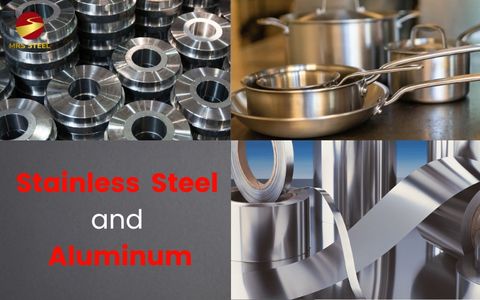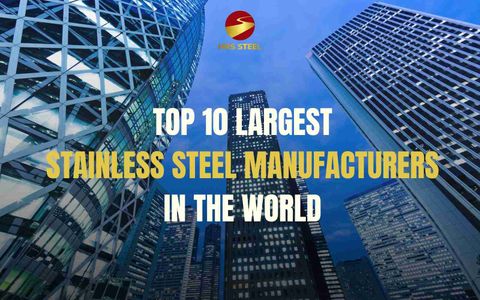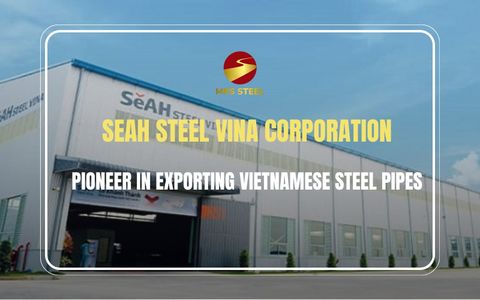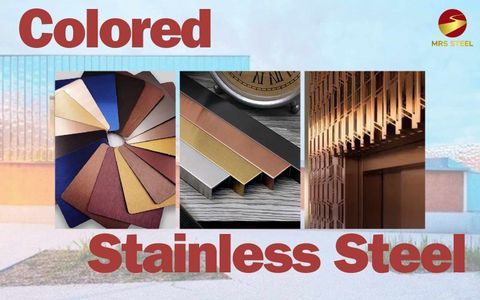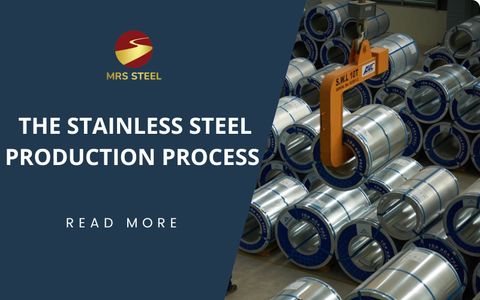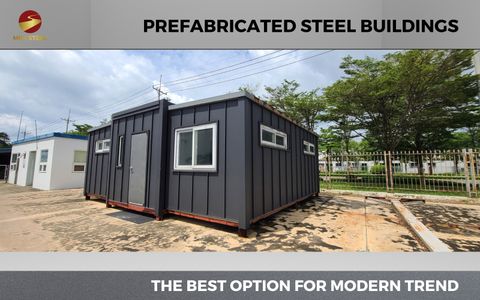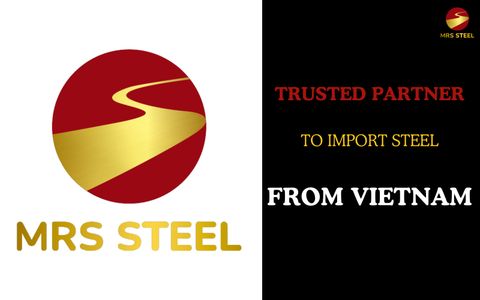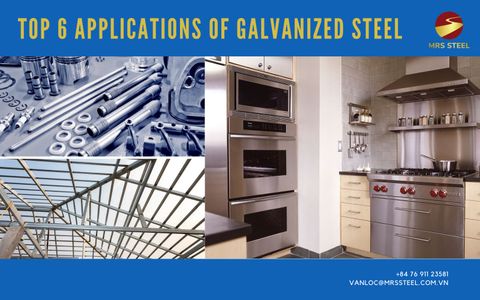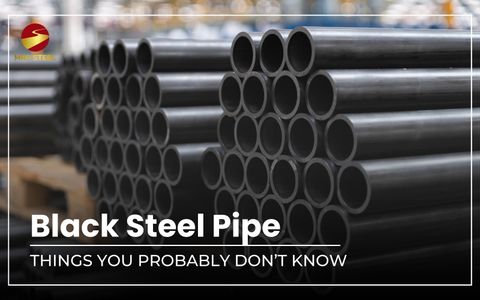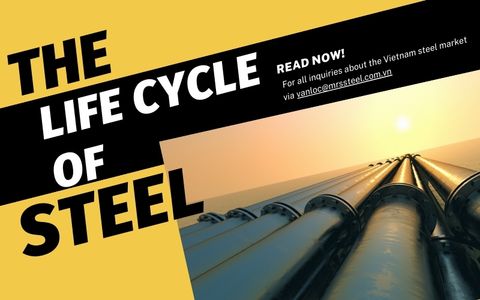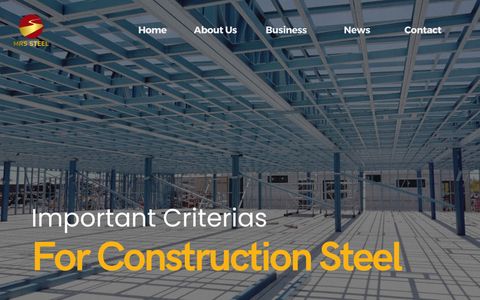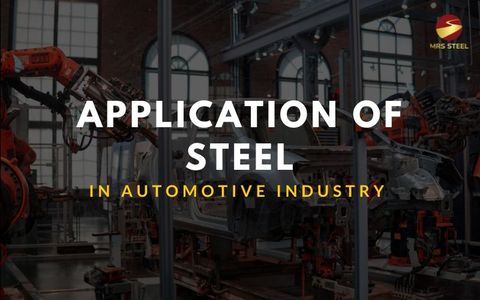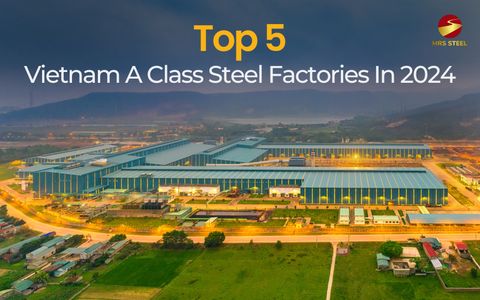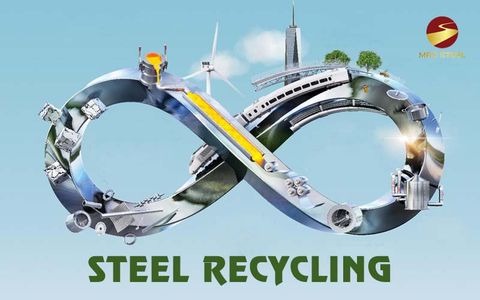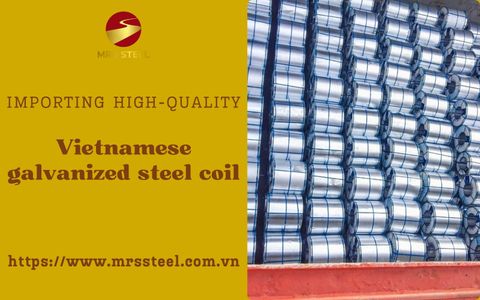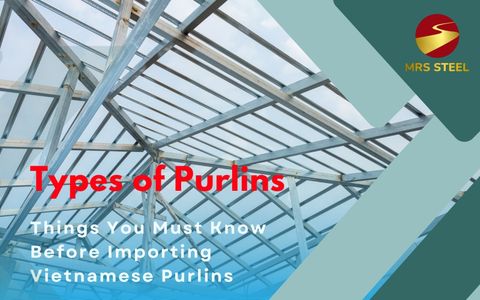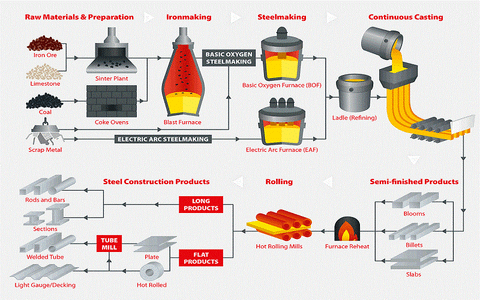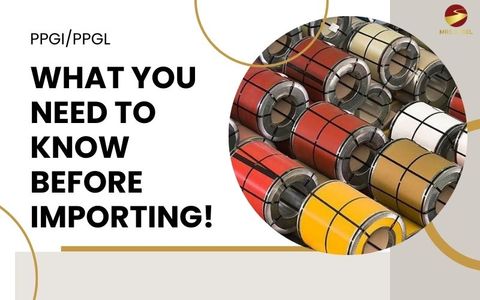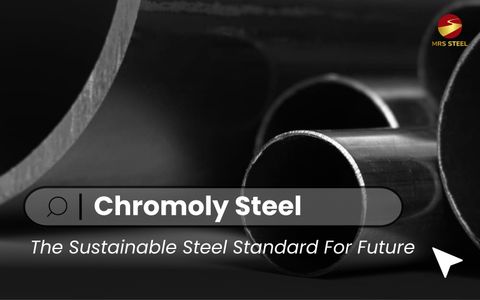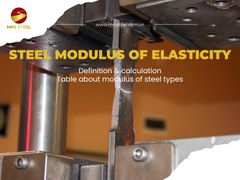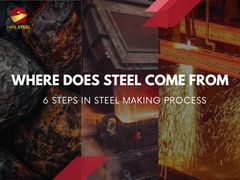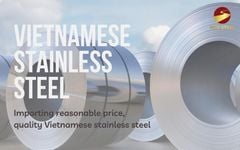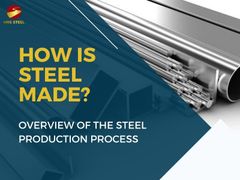Importing steel from Vietnam - The smart choice for your project
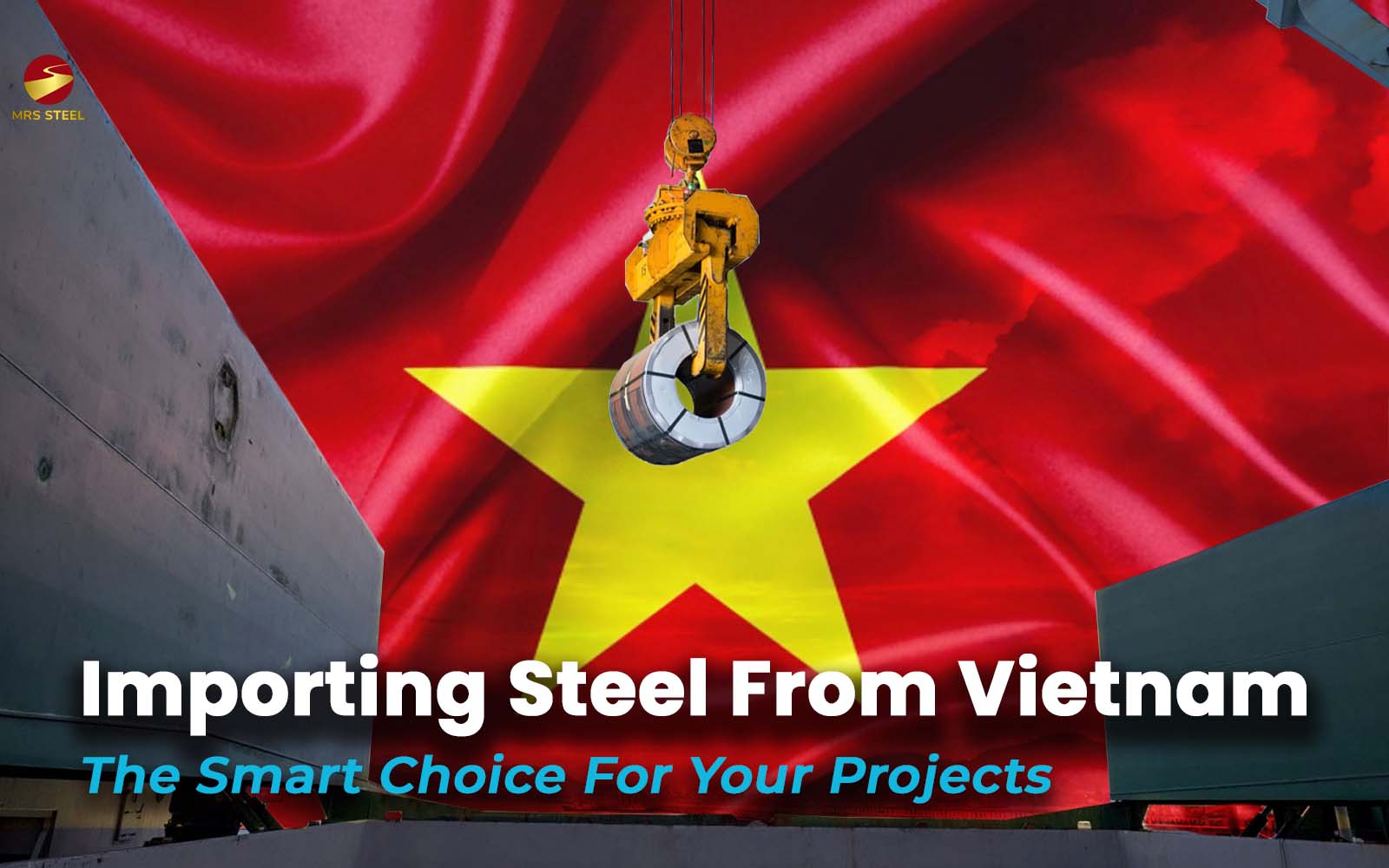
BlogDate: 02-01-2024 by: Ngan Le
Thanks to astute foreign policies and a favorable geographical location, Vietnam has reaped benefits in trade agreements. Among the prominently advantaged industries, the steel sector consistently ranks among the highest annual export volumes in the country. Therefore, importing steel from Vietnam not only provides cost advantages but also ensures product quality for importers.
Geographical location creates favorable conditions for importing steel from Vietnam
In terms of its maritime geographical location, Vietnam holds the advantage of being situated in the South Sea, which is considered a vital maritime route connecting the Pacific and Indian Oceans. Additionally, its strategic location amidst key markets such as China, Japan, South Korea, Singapore, India, and various other ASEAN countries positions Vietnam as a hub for maritime and trade activities. This not only opens up numerous opportunities for the import and export of various goods but also actively involves Vietnam in the global steel supply chain.
Continuous investment in logistics
Over the years, the Vietnamese government has consistently invested in and upgraded seaports to facilitate import and export activities, aiming to reduce transportation times and alleviate bottlenecks in the flow of goods. As a result, the transportation duration of steel has significantly shortened, creating favorable conditions for steel brands originating from Vietnam to become more prevalent in various regions.

Specifically, the average transportation time for goods to the Southeast Asia region has now been reduced to 5-10 days, and the shipping time from Vietnamese ports to Australia takes only 15-20 days. While Europe is considered a large market with a relatively distant geographical distance from Vietnam, significant improvements in logistics have reduced the average transportation time to just 30 days.
In contrast, the geographical distance to the Americas is considerable, requiring a longer transit time, typically ranging from 45 to 60 days for steel products to reach their destination. Although geographical distance poses a challenge, in certain special cases, delivery time can become a crucial tool in pricing strategies, especially during periods of fluctuation in the domestic steel market. Specifically, during periods of high domestic steel prices, the decision for importing steel from Vietnam can bring significant benefits to importers in the Americas, providing them with a steel supply at a competitive price compared to competing counterparts and thereby reducing cost pressures.
Importing steel from Vietnam brings tariff advantages via FTA agreements
As of now, Vietnam has 19 FTA partners, including 15 active FTAs, such as the Comprehensive and Progressive Agreement for Trans-Pacific Partnership (CPTPP). This allows Vietnamese steel products to enjoy a 0% import tariff within the customs framework of the 11 participating countries. Moreover, Vietnam successfully signed the EU-Vietnam Free Trade Agreement (EVFTA). The EVFTA stands out from other trade agreements Vietnam has signed, granting nearly 100% tariff reductions for import and export transactions with 27 EU member countries.
In addition to these agreements, Vietnam has established various trade agreements and comprehensive economic partnerships with countries and regions such as the Economic Cooperation Organization, the United Kingdom, South Korea, Japan, Chile,... These agreements not only provide tariff advantages for Vietnamese steel but also create opportunities for price competition, benefiting both sellers and buyers by ensuring reasonable product prices.
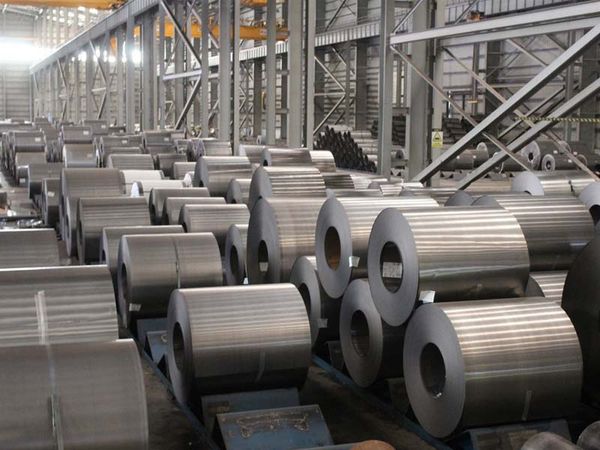
Flexible strategy in response to anti-dumping investigations
The steel industry is considered a key industrial sector for many countries and numerous markets have sought to protect domestic steel products through various protective measures such as tariff barriers and anti-dumping duties. Vietnam, as one of the fastest-growing steel markets globally, has attracted attention from other countries, leading to anti-dumping investigations. However, most anti-dumping cases related to Vietnamese steel products are currently in the form of investigations due to suspicions regarding the origin of raw materials originating from China.
Through flexibility and timely adjustments in export strategies, Vietnam has maintained its status as an ideal destination for steel importers. Diversifying markets and adapting quickly to international trade regulations have helped minimize risks associated with dependency on a specific market and legal issues, providing favorable conditions for positioning Vietnamese steel on the international market.
Large-capacity factories equipped with modern production lines
The Vietnamese steel market has witnessed the emergence of many large-capacity manufacturing plants with substantial investments in advanced technology from the world's leading Danieli-Tenova technology. These plants not only meet domestic demand but also have the capacity to export to international markets. Notable examples include Hoa Sen, Hoa Phat, Nam Kim, Ton Dong A, Tôn Phương Nam - SSSC, SMC, Vina One Steel,...
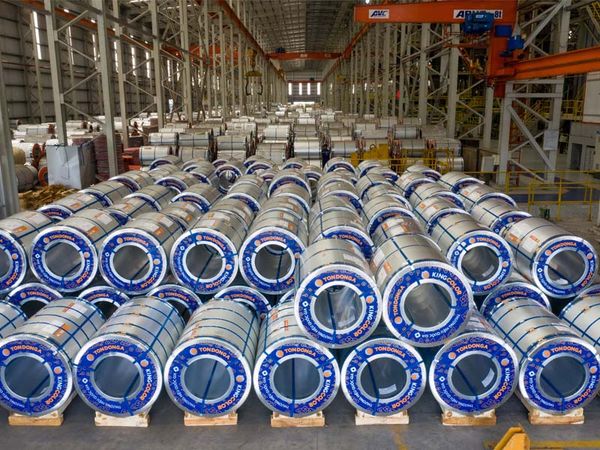
Hoa Sen Group leads in coated steel in Vietnam with a pickling capacity of 1.9 million tons per year and a NOF line capacity of 2.2 million tons per year. On the other hand, Hoa Phat Group has consistently held the top position in steel pipe and construction steel for many years. Each year, the complex of factories supplies a production capacity of 2.5 million tons for steel billets and steel bars, achieving a production capacity of 1 million tons per year for steel pipes. Additionally, Hoa Phat's HRC products are considered future key products with a designed total capacity of 3 million tons per year.
Thanks to advancements in the production process, domestic steel manufacturers meet all the conditions to produce high-quality steel brands that meet international requirements for size, weight, flexibility, and load-bearing capacity. Steel products before export meet all quality standard certifications, including JIS from Japan, ASTM from the United States, BN from the United Kingdom and AS from Australia. Most domestic steel manufacturing plants are certified to the latest ISO 9001:2015 quality standard, demonstrating not only a solid step forward in quality but also evidence of effective production and management capabilities.
Importing steel from Vietnam through reputable suppliers
The remarkable transformation of the Vietnamese steel industry in recent years has attracted many international importers, contributing significant export value. MRS Steel is a prime example of a company actively participating in this process. With many years of experience in the steel industry, MRS Steel has established extensive relationships with major manufacturers such as Hoa Phat, Hoa Sen, Ton Dong A, SMC, ensuring a diverse supply of high-quality products meeting stringent standards for durability and coating thickness.

MRS Steel is not a steel supplier but also provides solutions for importing steel from Vietnam, which actively support partners by advising on suitable steel products for projects and ensuring that manufacturing plants meet requirements, thereby helping customers optimize costs for their plans while receiving a source of quality products. Furthermore, MRS Steel operates with a commitment to transparency and clarity in the transaction process. The company's team consistently provides detailed information about contracts, certificates and prices, offering importers a comprehensive view of the buying and selling process.
Collaborating with MRS Steel not only brings benefits in terms of product quality but also in transaction processes and information support. If you are interested in the Vietnamese steel market and need advice on the appropriate steel types for your project, feel free to contact us for free consultation via WhatsApp: +84 76 911 2358 or email vanloc@mrssteel.com.vn.
